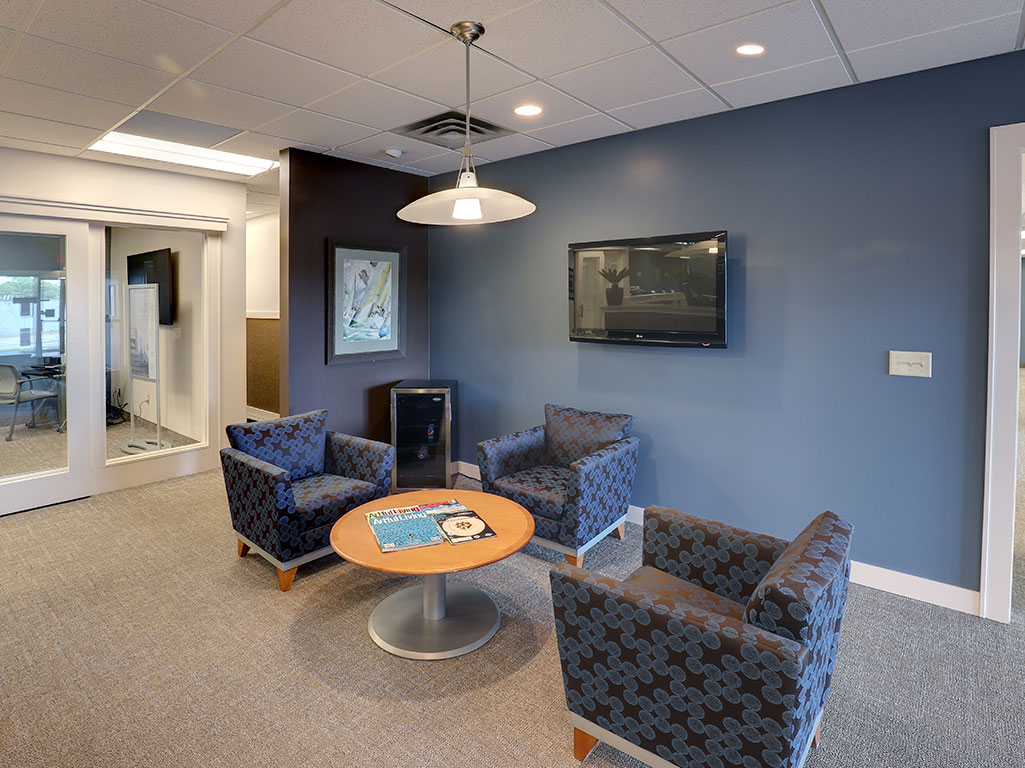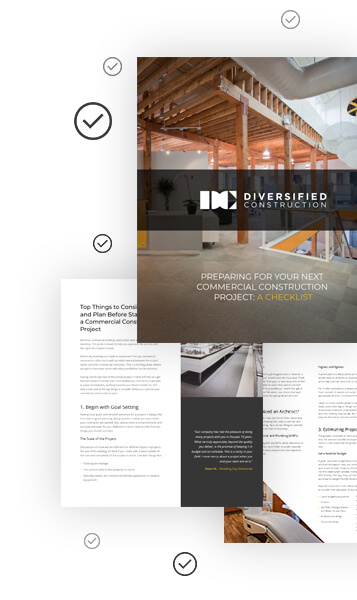Implementing Smart Building Technology
Smart buildings are modern and advanced structures that incorporate state-of-the-art technologies (like the Internet of Things (IoT), artificial intelligence (AI), and data analytics). These technologies work together to create a seamlessly connected and intelligent infrastructure within the building.
The purpose of smart buildings is to boost efficiency, conserve energy, and provide a superior experience for occupants. Through the integration of various systems and devices, smart buildings are able to automate and streamline operations for HVAC systems, security and surveillance systems, and other essential building functions.
In this article, we will explore the essential steps to implementing a successful smart building from inception to completion.
First and Foremost, Hire a Contractor
When embarking on the journey of designing a smart building, it’s crucial to hire a contractor and architect who specialize in the field. This decision sets the foundation for a successful project, as their expertise and experience will guide you throughout the process.
Additionally, collaborating with an architect certified in Leadership in Energy and Environmental Design (LEED) guarantees that your smart building will be designed with optimal efficiency and sustainability in mind.
At Diversified Construction, we understand the importance of collaboration between our clients and architects. That's why we connect our clients with architects who are well-versed in smart building design and construction. By doing so, we alleviate the workload for our clients as we, along with the architect, will assist in each step of the process and ensure the seamless integration of new systems and technologies.
Develop a Comprehensive Plan
When developing a strategic plan for your smart building project, it is important to establish specific goals to direct your efforts towards achieving the desired outcome. Here are some key considerations to help you develop an effective plan:
Clearly Define Objectives: Determine what you aim to achieve through the integration of smart technologies. Are you looking to improve energy efficiency, enhance occupant comfort, streamline operations, or achieve sustainability goals? Clearly articulating your objectives will guide the decision-making process and help prioritize resources.
Make Assessments: Conduct thorough assessments of your existing infrastructure, systems, and processes. Identify areas where smart technologies can make a significant impact and contribute to achieving your objectives.
Outline a Detailed Timeline and Budget: Break down the project into manageable phases and set realistic deadlines for each stage. Similarly, establish a budget that accounts for all necessary components, including technology procurement, installation, training, and ongoing maintenance.

Select and Install Technologies
Through the careful selection and proper installation of the appropriate technologies, you can create a smart building infrastructure that aligns with your goals. Here are some key points to consider during this phase:
Intelligent Building Products: Choose from a range of intelligent building products that align with your specific needs. These include smart lighting controls, smart HVAC systems, smart windows, meeting room booking systems, desk management software, and preventative maintenance systems. Each product serves a unique purpose in enhancing the functionality and efficiency of your building.
Configuration and Integration: Ensure that all selected systems and devices are properly configured, tested, and integrated to work harmoniously together. This includes establishing smooth communication between different systems and devices to maximize their functionality and interoperability. Thorough testing is essential to identify and resolve any potential issues before full deployment.
By collaborating with technology partners throughout this process, you can leverage their expertise to select and install the most suitable technologies for your smart building project. Their guidance ensures a seamless integration of devices, allowing you to unlock the full potential of a modern infrastructure.
Analyze and Monitor Data
Data analysis plays a vital role in optimizing operations, improving energy efficiency, and making informed decisions in a smart building. By harnessing the power of data, valuable insights can be utilized to drive continuous improvement.
In a smart building, sensors and devices are deployed to collect data on various aspects such as energy consumption, occupancy levels, and environmental conditions. This data is then analyzed and used to optimize systems and technologies to better meet the building's needs. As a result, buildings are able to save energy and reduce costs.
Tracking key metrics and identifying trends ensures that the building operates at its full potential, delivering long-term benefits for both the organization and its occupants. By utilizing data analysis, smart buildings can create a comfortable environment while driving sustainability and maximizing return on investment.
Conclusion - Implementing a Smart Building
By embracing innovation and investing in smart building solutions, your smart building can become a symbol of progress and a catalyst for positive change. With the right vision and collaboration, you can create a comfortable and sustainable environment.
Diversified Construction specializes in warehouse design, remodeling, and new construction, with over 60 years of business experience in the Twin Cities. Contact us today at 952-929-7233 if you’re looking to start a new project.

